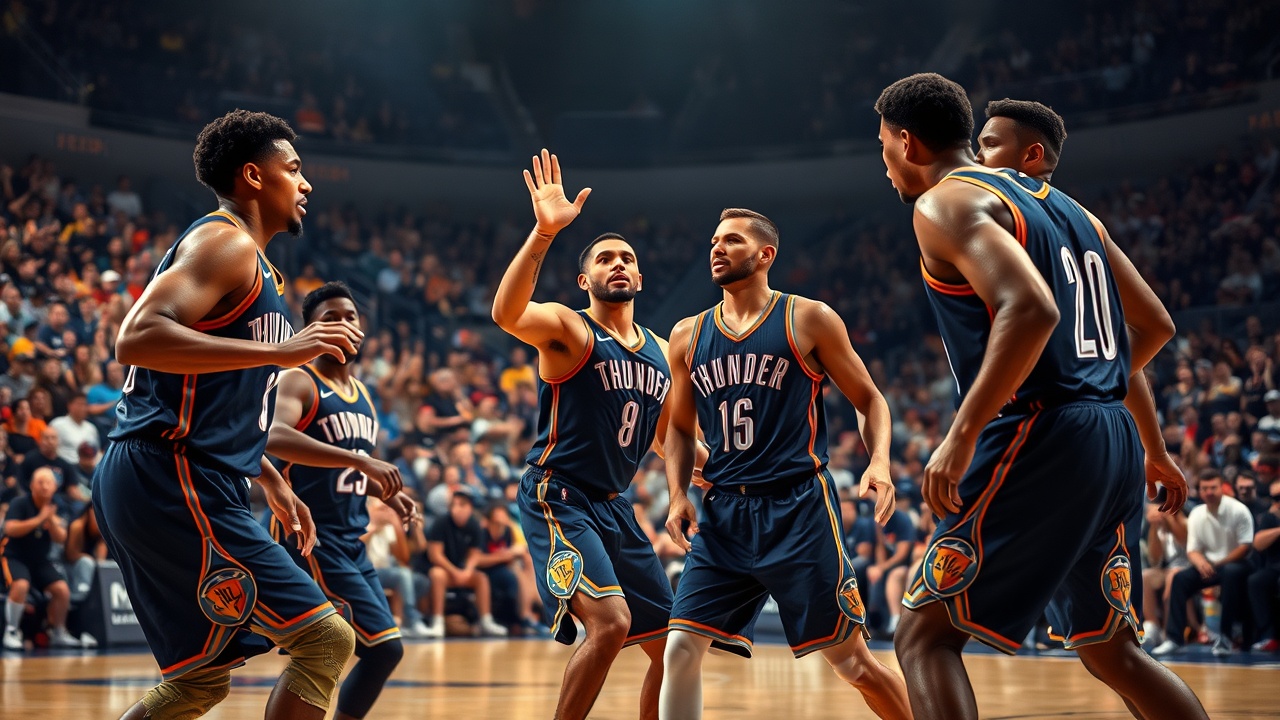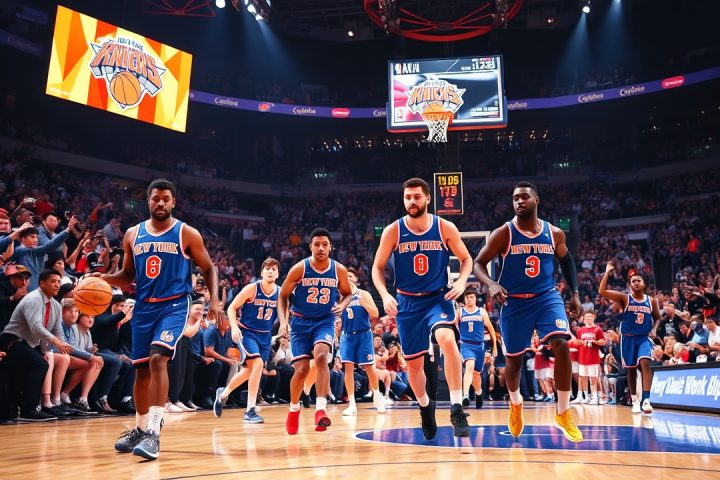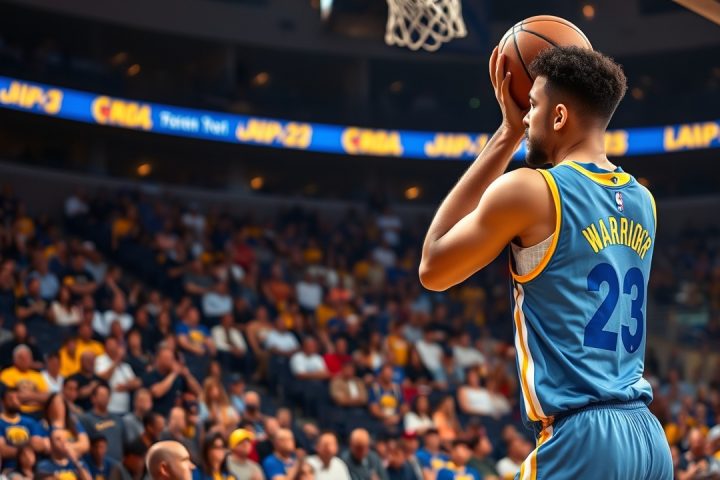Oklahoma City Thunder’s Defensive Strategy
The narrative unfolding around the Oklahoma City Thunder reveals a strategic emphasis on a physically intense defensive approach, especially showcased in their tense Game 4 against the Indiana Pacers. As the seconds dwindled, with the Thunder up by just one point and the pressure mounting, guard Lu Dort seized the moment to assert his presence on the court.
It was clear he was prepared to disrupt the Pacers’ star player, Tyrese Haliburton, right from the start, opting to blanket him with full-court pressure.
Relentless Pursuit and Game Dynamics
Haliburton, well aware of Dort’s defensive prowess, sought to alleviate the pressure by passing the ball to teammate Pascal Siakam before even reaching half-court. However, Dort’s relentless pursuit didn’t wane; he kept his eyes locked on Haliburton, engaging him with physicality reminiscent of a cornerback in football. This aggressive maneuvering forced Haliburton to spin away from the basket, significantly interfering with Indiana’s offensive strategy that had overwhelmed many teams during the regular season.
Throughout the possession, Dort maintained a dominating stance against Haliburton, effectively cutting off lanes for him to recapture the ball as the Pacers attempted to cycle their offense. It was a critical defensive play that culminated in a pivotal moment—Dort’s keen instincts allowed him to tip the ball away, resulting in a swift steal that bolstered the Thunder’s slim lead.
Defensive Philosophy and Success Metrics
While Dort’s tactics drew scrutiny from observers on social media—the physical contact raising eyebrows—it was simply a reflection of Oklahoma City’s defensive philosophy rooted in assertiveness. This was showcased in their performance throughout the playoffs, where their defensive metrics illustrated a remarkable balance: they led the league in turnovers forced while maintaining a low free-throw rate allowed. This juxtaposition is unique; only the 2008 Boston Celtics have boasted similar statistics while ultimately winning the championship.
The Thunder’s head coach, Mark Daigneault, emphasized the inherent challenges of this aggressive style. He noted that the physicality comes at a cost—fouls can occur, particularly against skilled players like Indiana’s Andrew Nembhard, who excel at exploiting defensive mistakes. However, Daigneault also pointed out the essential trade-off: Oklahoma City’s ability to stifle scoring opportunities for opponents, establishing a defensive identity predicated on intensity and disruption.
Emergence of Aggressive Defensive Styles
As the playoffs progress, other teams, including the Pacers, have started replicating this aggressive defensive style. Indiana has significantly increased its foul rate during its playoff run, which contrasts with the typical drop-off expected in the postseason. Their emphasis on making every point difficult for opponents has also yielded success against several high-scoring teams.
In this evolving landscape, the Thunder remain distinct not only for their performance but also for their willingness to embrace fouls as part of their overall game strategy. Their belief is that with enough offensive stifling, the benefits of creating turnovers and setting the tone often outweigh the drawbacks of conceding free throws—a calculated risk in their defensive playbook.
As they navigate their way through the rest of the playoffs, it’s clear that for the Oklahoma City Thunder, their identity is defined by their aggressive nature, even if that means racking up fouls along the way.




